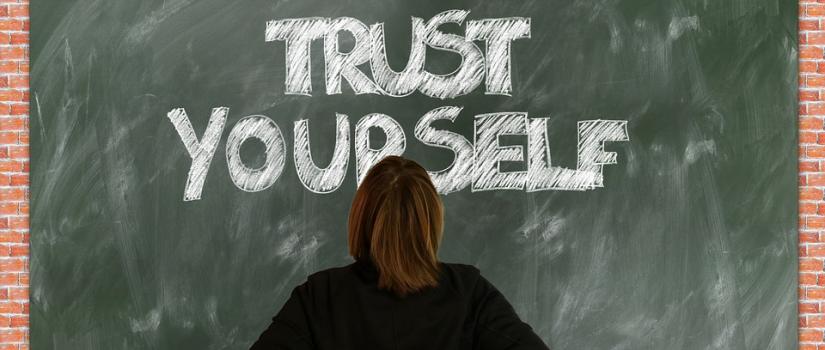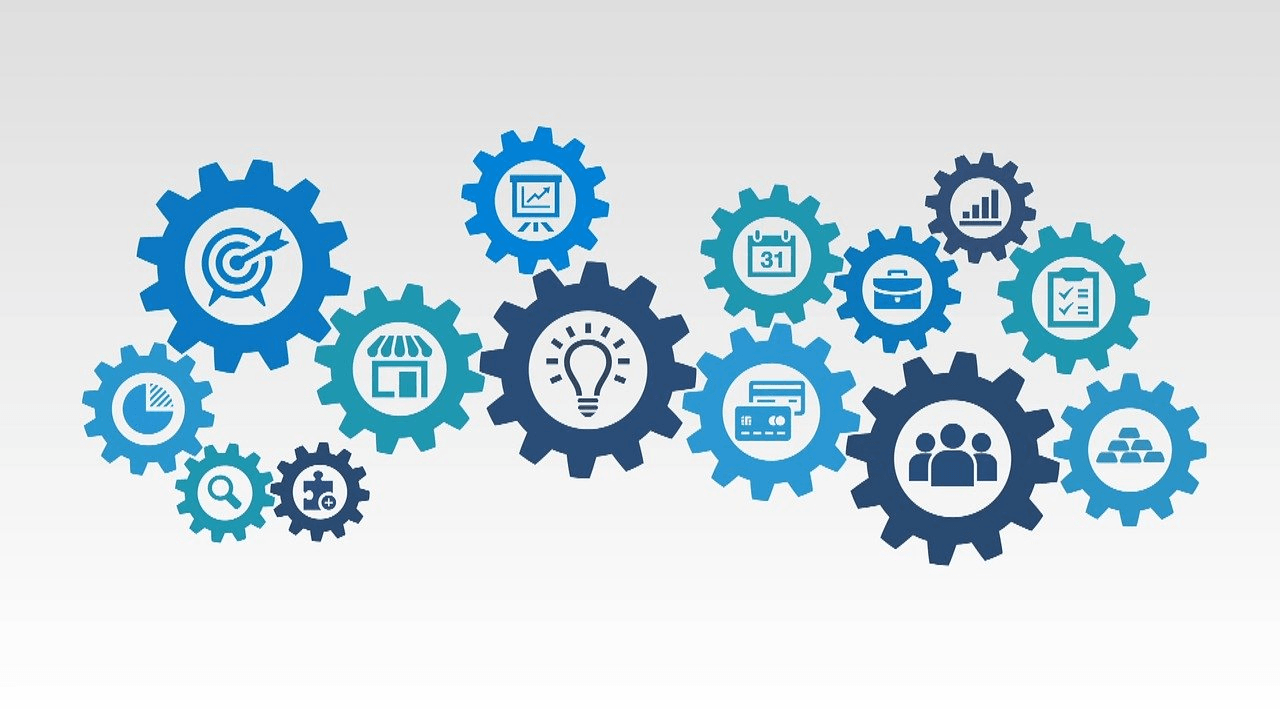Free food can’t buy a great culture!! (Part One)
And neither can a beach volleyball court, beer garden or wave pool for that matter…
Are you ready to scream next time you hear of an organisation showering their employees with ridiculously cool stuff and extravagant benefits? There are certainly no lack of examples, from Afar Media’s policy of paying for their employees’ holiday expenses, Yahoo, who bring in Hollywood royalty for speaking slots and live concerts (think Tom Cruise and Taylor Swift), and of course the most famous of them all – Google, who at their Mountain View campus in California ensures employees are never more than 200 feet from free food – breakfast, lunch, dinner, and all those snacks and smoothies in between!
For the rest of us mere mortals with organisations that don’t make multiple billions of dollars a year (or even multiple millions), it can feel overwhelming – how can you ever compete with that?
The great news is you don’t have to – because you cannot buy a great culture.
Google is a fascinating case in point. Regularly topping lists of Great Places to Work, many organisations have tried to emulate their success, often with disappointing results. Here’s where people get confused – Google doesn’t have a great culture because of all those fabulous perks. Google has a great culture because they have kick-ass leadership and they empower their people to innovate, experiment and have fun, all within a very high-performance environment. As for all the perks? They exist for a very specific reason – strip away the little frustrations of life (like what you’re going to have for dinner, what your dog will get up to when you’re at work, or making time to get your car serviced) and you allow people to spend that un-encumbered time being the best they can be – for Google. But alone, they don’t create the culture of Google – they just create a cool place to hang out.
When employers attempt to throw money or perks at their employees without having the basics of great culture in place first, often what results is the condition of “entitle-itis” that encumbers many a workplace. Come on, you know what I’m talking about. It’s that insidious situation that occurs over time, when benefits have long been embedded in the expectations of employees’ minds and instead of being viewed as attractive perks, they are now viewed as entitlements. The organisation no longer receives any benefit in terms of staff motivation or goodwill by supplying these perks, but if they try to remove them – well, watch the drama fly. I once witnessed an almost-strike at a student campus because the lunch food being sold in the staff cafeteria was removed, forcing employees to walk a further 20 metres and line up with – oh god – students!! Que outrage.
Now don’t get me wrong, there’s nothing wrong with initiatives designed to make employees feel appreciated, create opportunities for socialising together and improving their working day. Built on a strong foundation of great culture, these things can offer big benefits. However, they should always be considered as the icing on top of the cake. Fancy perks will not help you if your cake’s stale and mouldy!
So if money and perks are not the answer (that’s good news for most of us) what can you do to build the basics of great culture? We have identified thirteen elements an organisation can control, that are front and centre to building (and maintaining) great culture. Of those thirteen there are four “heavy-hitters” which we believe should always be the starting point for any culture effort. They are:
1. Consistently great leadership
2. A clear purpose and strategy that inspires
3. Clear, consistent values and expectations about behaviour that are acted on
4. A work environment that reflects the uniqueness of who you are – what we term your “secret sauce”
In our next blog, we’ll outline each of these four culture “heavy-hitters” and explain how you can address them in your organisation – without blowing your budget in the process!










